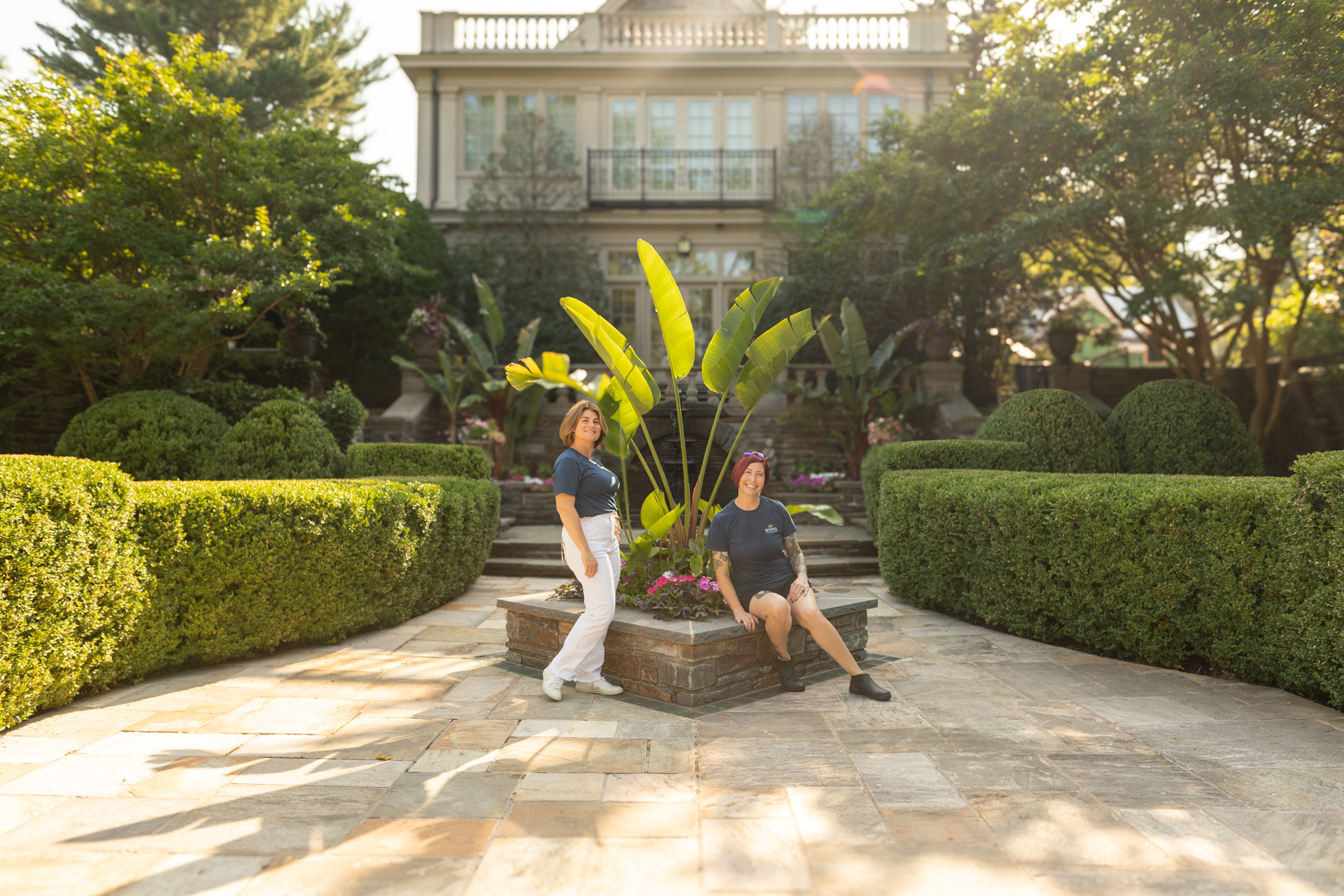“If the bee disappeared off the surface of the globe, then man would have only four years of life left. No more bees, no more pollination, no more plants, no more animals, no more man.”
Pollinators play a vital role in our ecosystem, helping plants reproduce by transferring pollen between flowers. Attracting pollinators such as bees, butterflies, and hummingbirds to your Main Line garden not only adds beauty and interest to your landscape but also supports local biodiversity. In this article, we’ll explore the top plants that thrive in Zone 6 and are perfect for attracting these essential pollinators. If you’re looking to create a pollinator-friendly garden, Terren Landscapes can help you design and implement a beautiful, functional space that supports these vital creatures.

1. Coneflowers (Echinacea)
Coneflowers are a popular choice for pollinator gardens in Zone 6 due to their hardiness and long blooming season. These native perennials come in a variety of colors and are loved by bees, butterflies, and even birds. With their low maintenance requirements and ability to withstand drought, coneflowers are an excellent choice for a Main Line pollinator garden. The professionals at Terren Landscapes can help you select the perfect coneflower varieties for your garden.
2. Milkweed (Asclepias)

Milkweed is a must-have plant for any butterfly garden, as it is the only host plant for the monarch butterfly. In addition to attracting monarchs, milkweed also provides nectar for bees and other butterflies. There are several native milkweed species suitable for Zone 6 gardens, including common milkweed (Asclepias syriaca) and swamp milkweed (Asclepias incarnata). Terren Landscapes’ experts can help you choose the right milkweed variety for your garden’s specific conditions.

3. Bee Balm (Monarda)
Bee balm, also known as wild bergamot, is a striking perennial that boasts tubular flowers in shades of pink, red, or purple. As the name suggests, bee balm is a favorite of bees, but it also attracts hummingbirds and butterflies. This versatile plant thrives in various soil conditions and is an excellent addition to a Main Line pollinator garden. Terren Landscapes can help you incorporate bee balm into your landscape design for maximum impact.
4. Salvia

Salvia is a large genus of plants that includes several species ideal for attracting pollinators in Zone 6. One popular option is the native blue salvia (Salvia azurea), which boasts tall spikes of blue flowers that are beloved by bees, butterflies, and hummingbirds. With their long blooming season and ability to tolerate drought, salvias are an excellent choice for a low-maintenance, pollinator-friendly garden. Terren Landscapes can assist you in selecting and planting the best salvia varieties for your garden.
“If the bee disappeared off the surface of the globe, then man would have only four years of life left. No more bees, no more pollination, no more plants, no more animals, no more man.” – Albert Einstein
- Butterfly Bush (Buddleia)

Butterfly bush is a fast-growing shrub with arching branches covered in clusters of fragrant flowers. As the name suggests, this plant is irresistible to butterflies, but it also attracts bees and hummingbirds. While some Buddleia species can be invasive, Terren Landscapes can recommend non-invasive cultivars suitable for your Main Line garden, ensuring you have a beautiful, pollinator-friendly landscape without any environmental concerns.
Other popular pollinator friendly plants for Zone 6 include: Aster, Black-eyed Susan (Rudbeckia), Blazing Star (Liatris), Catmint (Nepeta), Coral Bells (Heuchera), Foxglove (Digitalis), Goldenrod (Solidago), Lavender (Lavandula), Lupine (Lupinus), Penstemon, Phlox, Russian Sage (Perovskia atriplicifolia), Sedum (Stonecrop), Yarrow (Achillea)
Attracting pollinators to your Pennsylvania garden is not only an essential step towards promoting local biodiversity but also a wonderful way to create a vibrant, lively landscape. By incorporating plants like coneflowers, milkweed, bee balm, salvia, and butterfly bush, you can support bees, butterflies, and hummingbirds while enhancing your garden’s overall beauty.




